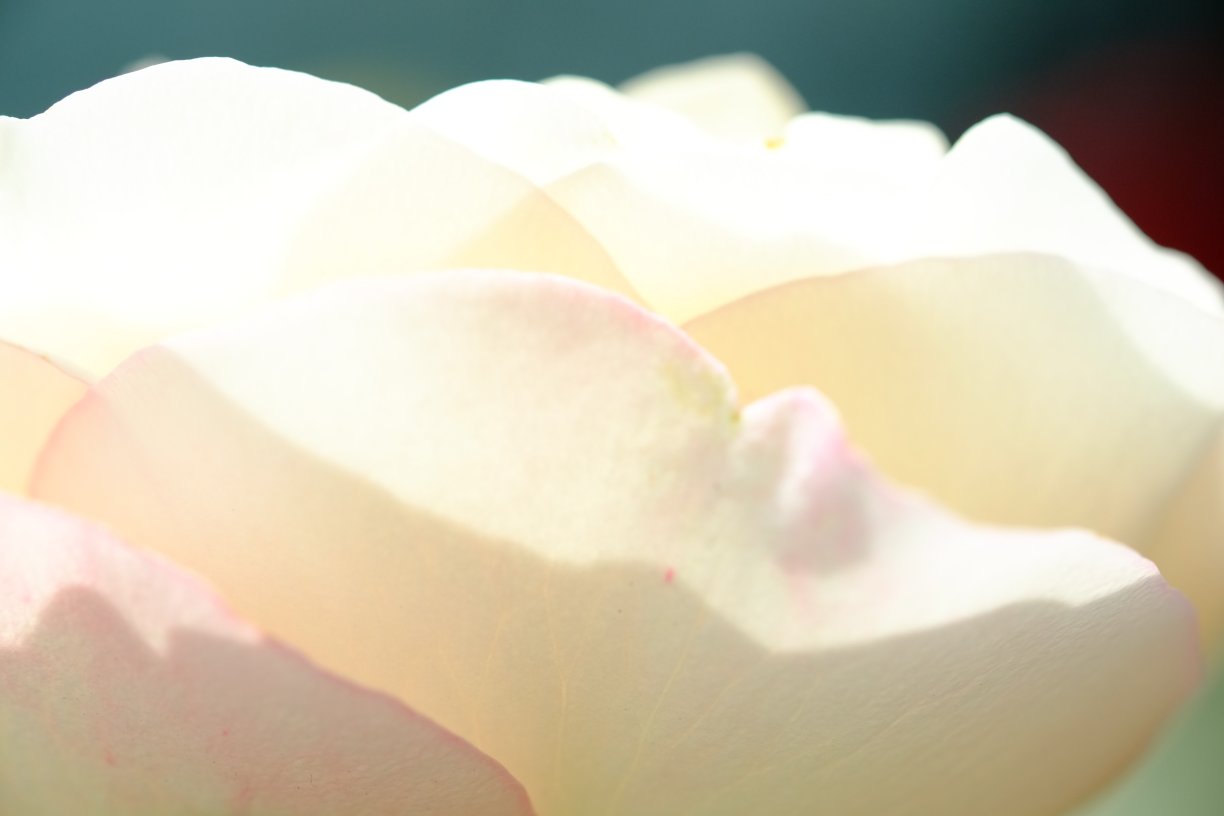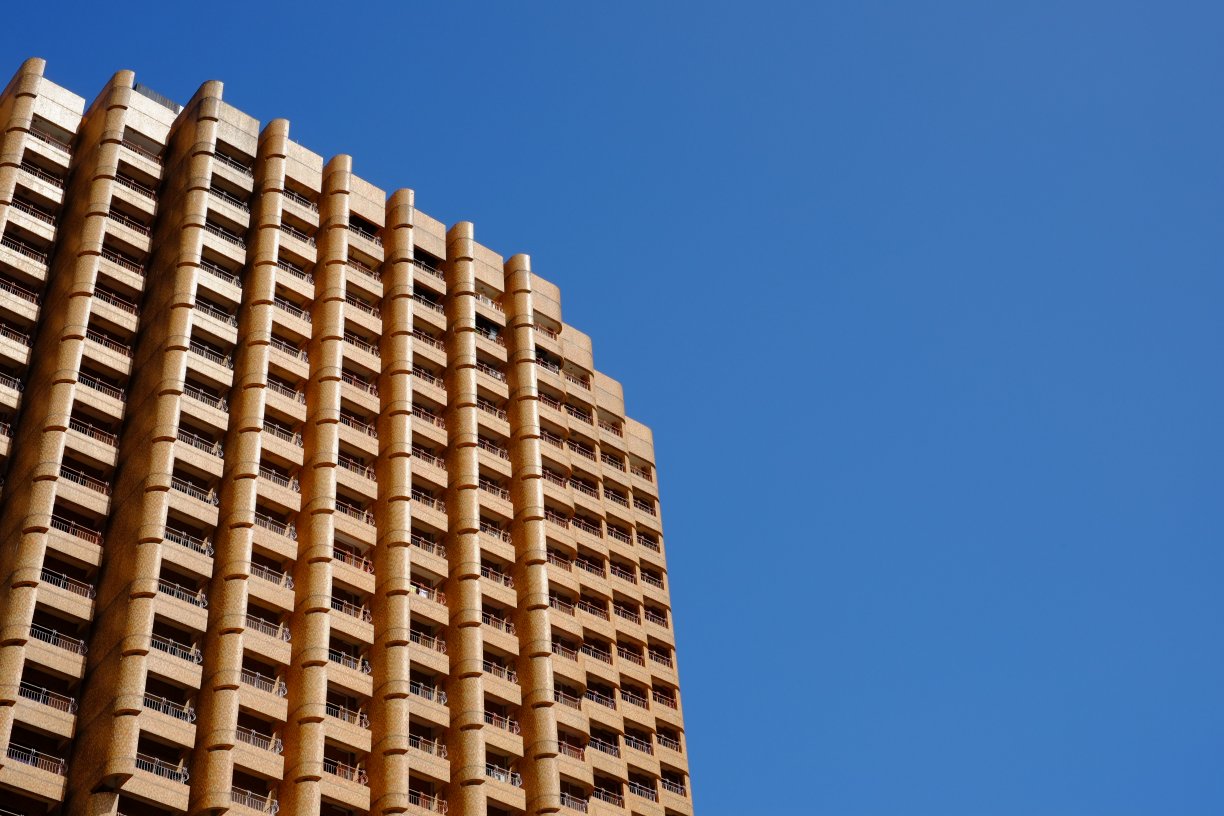First pics of the upcoming FF mirrorless from Sony:
http://www.sonyalpharumors.com/sr5-hot-first-full-size-images-of-the-a7-and-a7r-cameras-with-lenses/
Looks like it's NEX7 size + bump on top. Looks quite compact with that 35mm prime
Really curious to try one
http://www.sonyalpharumors.com/sr5-hot-first-full-size-images-of-the-a7-and-a7r-cameras-with-lenses/
Looks like it's NEX7 size + bump on top. Looks quite compact with that 35mm prime
Really curious to try one
![[H]ard|Forum](/styles/hardforum/xenforo/logo_dark.png)



